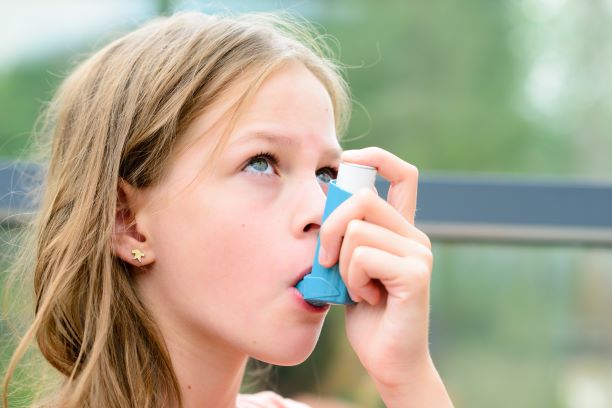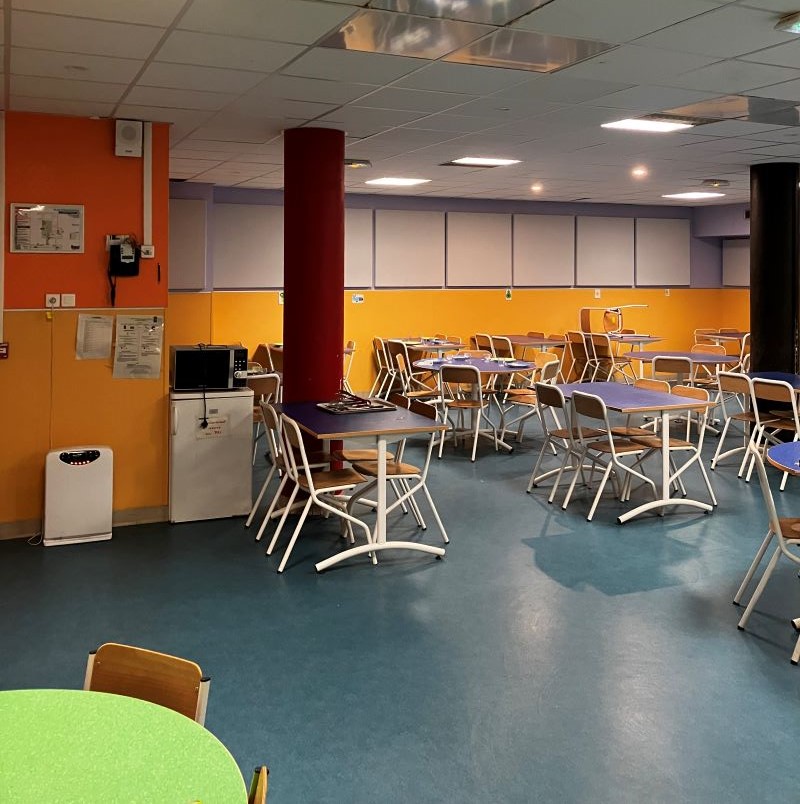
Public establishments : indoor air quality
Everyone's health can be affected by poor indoor air quality.
Many pollutants can be present in indoor air, they come from external sources, from activities carried out indoors. but also construction materials, furniture and products used for the maintenance and cleaning of premises.
These pollutants are of 2 main types, fine particles (PM) and volatile organic compounds (VOC).
As we spend 80 to 90% of our time indoors, Indoor Air Quality (IAQ) has become a public health concern.
The importance of indoor air quality
The direct and indirect costs linked to poor air quality are very significant for these establishments which receive the public (ERP): disorganization of teams, loss of employees, recruitment difficulties and of course the related expenses.
The health problems linked to poor indoor air quality are diverse and numerous. The best known and common are respiratory system conditions such as rhinitis and bronchitis.
Exposure to indoor air chemical pollutants, most often chronic, involves low doses over long periods, however sudden and high exposure can also occur.
We also find certain pollutants in indoor air which are classified as carcinogenic, such as benzene.
Poor air quality can also promote the emergence of symptoms such as headaches, fatigue, eye irritation, nausea, etc.
On the contrary, good air quality inside a building has a proven positive effect on the absenteeism rate and the well-being of occupants, as well as on children's learning.
The health and economic issues linked to indoor air quality are significant. In France, the cost of poor indoor air quality is estimated at 19 billion euros per year (source: OQAI). This is why it is important to develop actions to improve indoor air quality in establishments open to the public, such as schools, nurseries, administrations, etc. New legislation on indoor air quality (IAQ) applies to ERPs since 2023, click to discover:
The source of pollutants
The sources of ambient air pollution are numerous and diverse: :
- Outdoor air : coming from the urban area, polluted air enters the premises and is confined to produce ambient air that is harmful to health.
- Products and substances necessary for professional practices : photocopiers, markers, sprays.
- Results from the use of premises : fine particles(PM 2.5), volatile organic compunds (VOCs) as well as household products used for cleanig and desinfection.
- Building materials : this pollution comes from furnishing elements, such as soundproofing panels, paints, glues, wood panels, floor coverings.
- Humidity : it is not a source of pollution in itself but contributes to the creation of mold, which is responsible for allergies and breathing difficulties by penetrating the lungs.
- Result of a malfunction of the ventilation, CMV or heating device.
The consequences
Regardless of the individual, indoor pollution has a harmful impact on the health of those present and on the organization and economic health of businesses.
Fine particles, invisible to the naked eye, once inhaled can have harmful effects on the health of professionals and the public, the most obvious of which are concentration problems, headaches and fatigue, and irritation of the respiratory tract.
In addition, certain pollutants are known to be carcinogenic (formaldehyde, benzene, asbestos, etc.). More and more people are becoming sensitive to these subjects and other serious pathologies can develop allergies, respiratory, eye, rheumatological diseases.

What are the measures to ensure indoor air quality ?
Ventilate is the key word because it is necessary to purify the air. The outside air rushes into the enclosed space, mixing with pollutants from the indoor air which are evacuated to the outside, thus reducing the density of fine particles, chemical molecules, gases, and odors. The ambient air is simply renewed.
It is not always possible to ventilate an establishment, a classroom, a nursery: for example, if the place does not have a window or if there is no possibility of ventilation for the sake of exposure (near a highway for example), safety or loss of coolness in summer, heat in winter.
Having an air handling unit (CTA) within the premises is a plus. It treats indoor air and allows it to be renewed effectively.
Ensure that the household cleaning products used are not harmful to health and, on a larger scale, to the environment. The same goes for the equipment and products used daily.
If it is not possible to prevent the arrival of pollutants, one solution is to equip yourself with air purifiers, adapted to the volume and surface area of the rooms to be purified. Thanks to our mechanical filtration devices, equipped with HEPA and activated carbon filters in workplaces and training sites, those present will be better protected.
Thanks to HEPA 13 or HEPA 14 filters, high-density activated carbon filters, our air purifiers remove ultra-fine particles (PM2.5) as well as volatile organic compounds (VOC) from the atmosphere.
Our air purifiers all comply with the recommendations of the French Health Agency (ANSES) and the High Council for Public Health. They thus reduce the risks for occupants by eliminating fine particles and chemical molecules from the atmosphere of the premises.
We equip nurseries, schools, embassies in France, Asia and Africa.




